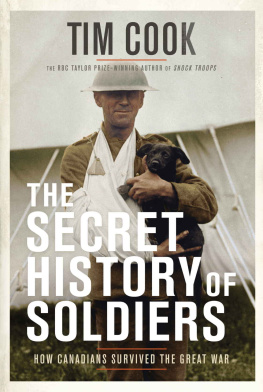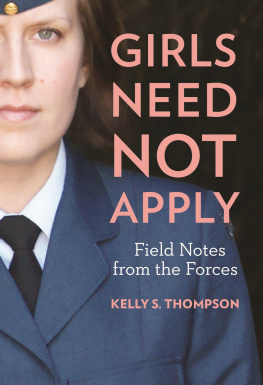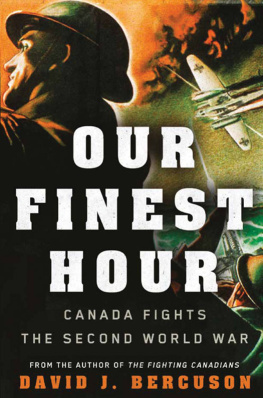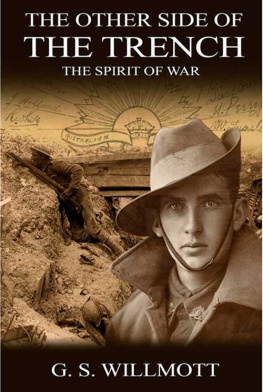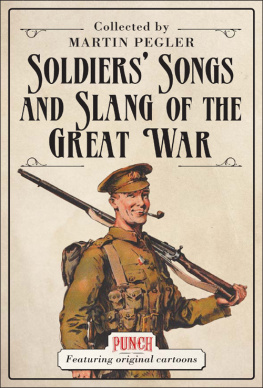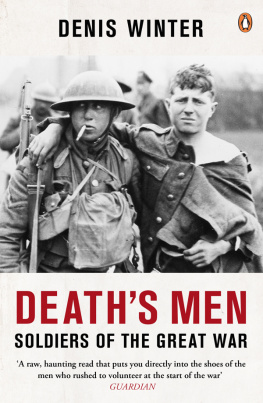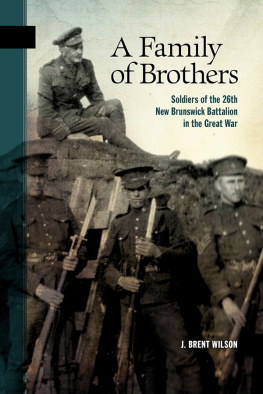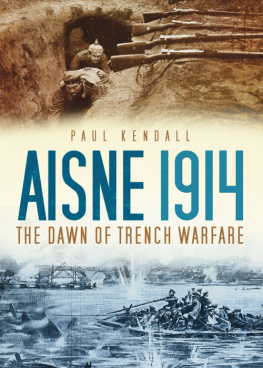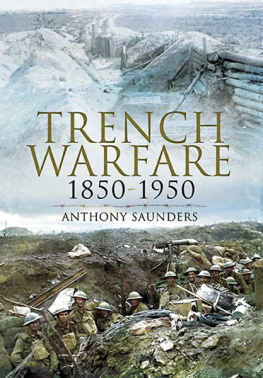Also by Tim Cook
No Place to Run
Clios Warriors
At the Sharp End:
Canadians Fighting the Great War,
19141916, Volume One
Shock Troops:
Canadians Fighting the Great War,
19171918, Volume Two
The Madman and the Butcher: The
Sensational Wars of Sam Hughes
and General Arthur Currie
Warlords: Borden, Mackenzie King,
and Canadas World Wars
The Necessary War: Canadians
Fighting the Second World War,
19391943, Volume One
Fight to the Finish: Canadians in the Second
World War, 19441945, Volume Two
Vimy: The Battle and the Legend
ALLEN LANE
an imprint of Penguin Canada, a division of Penguin Random House Canada Limited
Canada USA UK Ireland Australia New Zealand India South Africa China
First published 2018
Copyright 2018 by Tim Cook
All rights reserved. Without limiting the rights under copyright reserved above, no part of this publication may be reproduced, stored in or introduced into a retrieval system, or transmitted in any form or by any means (electronic, mechanical, photocopying, recording or otherwise), without the prior written permission of both the copyright owner and the above publisher of this book.
www.penguinrandomhouse.ca
LIBRARY AND ARCHIVES CANADA CATALOGUING IN PUBLICATION
Cook, Tim, 1971-, author
The secret history of soldiers : how Canadians survived the Great War / Tim Cook.
Issued in print and electronic formats.
ISBN 978-0-7352-3526-7 (hardcover).ISBN 978-0-7352-3527-4 (electronic)
1. Canada. Canadian ArmyMilitary lifeHistory20th century.
2. CanadaArmed ForcesMilitary lifeHistory20th century. 3. World War, 1914-1918
Personal narratives, Canadian. 4. Military moraleCanadaHistory20th century. 5. World
War, 1914-1918Canada. 6. CanadaArmed ForcesHistoryWorld War, 1914-1918.
I. Title.
D547.c2c5558 2018 940.48371 C2018-902419-4
C2018-902420-8
Ebook ISBN9780735235274
Cover and interior design by Five Seventeen
Cover image: Front image based on William Ivor Castle, Library and Archives Canada, accession number 1964-114 NPC, item 3395810
v5.3.2
a
TO PAIGE, EMMA, CHLOE, AND SARAH .
WITH MUCH LOVE .
CONTENTS
INTRODUCTION
SOLDIERS CULTURE
Major Maurice Pope, a twenty-seven-year-old prewar civil engineer and a future lieutenant-general, wrote that the Great War of 1914 to 1918 was a huge siege in which neither side was able to dislodge the other, adding, It strikes me as being a test of endurance. The million-man armies kept fighting far beyond any rational period of time as tens of thousands were killed, then hundreds of thousands, and, finally, millions. For soldiers at the sharp end of battle, cycling in and out of the trenches in 1915, 1917, or even throughout much of 1918, the war seemed destined to go on forever.
With the Allies and their German adversaries stalemated on the Western Front from the first months after the initial clash in August 1914, the commanders were reduced to ordering frontal attacks against the enemys guns and defences. They had little success beyond producing mounds of corpses. There were few obvious solutions to the deadlock of the trenches, and the only way to victory seemed to be through more of everything: more shells, more men, more carnage. The German soldiers, fortified in their deep trenches, situated on the best terrain that was protected by barbed wire and machine-gun emplacements, would have to be steamrolled out of existence. New weaponstanks, airplanes, chemical agents, and, from mid-1916, millions of high explosive shellswould kill and maim the defenders and eventually force them to give in, but not before all the armies had suffered terrible losses. This was the strategy of attrition: to kill proportionally more of the enemy than your own side lost, and eventually to force his surrender. During these costly campaigns, the infantry learned from its errors and defeats, refining tactics and training, introducing new weapons and mastering them on the battlefield to fight their way forward. But it was a bloody way to win.
And so there was a crucial factor in battle that had little to do with weapons or tactics or operations: the willingness of soldiers to keep fighting. In a long and costly war of attrition, this was essential to victory, or at least to staving off defeat. The great fear of the senior commanders was that their soldiers would collapse from the considerable strain of unending combat and the grinding effect of monotonous trench warfare. Over time, those who escaped the scythe of machine-gun fire and artillery shells would see their chances of survival shrinking, and might run away or down arms. In that imagined scenario, soldiers, units, divisions, and eventually armies would be used up, become brittle, and eventually break. The war would be lost.
The iconic images of the war are of the haggard soldiers standing at the firing line, bayonets at the ready, preparing to launch themselves into the teeth of barbed wire and machine-gun fire. The bleak No Mans Landthe dead zone between the enemy trenches and the Allies fortifications that was filled with rusted barbed wire and shell cratersserves as an apt metaphor for the futility of combat throughout much of the war. Amid the unburied corpses and flesh-eating rats, the cries of anguish and agony resonate. We remember helpless soldiers, men caught in a no-win situation, who stumbled around like the living dead until they were put out of their misery. This is the soldier as victim. The Secret History of Soldiers offers another way to understand the Canadian soldier in the Great War.
WE ARE LIKE THE RATS WHICH INFEST the trenches burrowing in the ground, Herbert Burrell wrote in his diary a few days after Christmas 1916. Sleeping by day; grovelling in the mud at night. Mud in your bed; in your mess tin; on your food. We seldom wash.One marvels at the cheerfulness of the boys who have been out here a long time. Sustained combat and holding the line for extended periods indeed brutalized men, leaving some coarsened and insensitive. But most ached to hold on to their humanity.
A crucial part of the Canadian soldiers means of coping was the creation of their own unique culture and society. Culture is the beliefs, practices, customs, and values that define groups of people, societies, and nations. Created in communities and shared to strengthen bonds and relationships, culture consists of highbrow artistic endeavours and the everyday experiences of individuals, both of which provide meaning for a group, helping them understand their collective and individual lives within a broader, constructed society. The destructive supremacy of the war was thus met by the ongoing resiliency of those caught within it.
Canadian soldiers march off the battlefield. They leave behind the strain of battle and some of their comrades, lost to shellfire or snipers, but they know that they will soon return to the wasteland. Soldiers created their own culture to survive.
Most studies of war and culture focus on elites: the novelists or artists who fashioned moving visual works or stirring word pictures. The British war poets Siegfried Sassoon and Wilfred Owen have been the guides to the English-language trench experience for nearly a hundred years. Painters such as Paul Nash and A.Y. Jackson, working in an official capacity, captured a profound visual record of the war on canvas. Yet the average education of the 620,000 Canadians who served during the war was of a grade-six level, and the vast majority of soldiers would never paint in the official war art program or write poignant prose or poetry. What, then, comprised the culture of the mass of men who came from every town, village, and city across Canada, and all the farmland in between, to form the Canadian Expeditionary Force?

